Eames Institute of Infinite Curiosity celebrates a pioneering design legacy
Launched by the designers’ granddaughter Llisa Demetrios and Airbnb co-founder Joe Gebbia, the digital portal makes Charles and Ray Eames’ processes and works available to all

Charles and Ray Eames need little introduction. Continually idolised for their recognisable furniture designs and iconic Case Study House #8, the couple have a well-documented legacy that continues to thrive and inspire generations of designers beyond their lifetime. What may be lesser known is the ways in which they applied a methodology to approach problem-solving. To this end, a new non-profit organisation known as the Eames Institute of Infinite Curiosity has been formed by curator Llisa Demetrios, the couple’s granddaughter, and designer and entrepreneur, Airbnb co-founder Joe Gebbia.
Intended to showcase how the lessons and learnings of Charles and Ray Eames can potentially help solve challenging problems today, the institute has launched with an immersive digital portal that will make the duo’s processes and oeuvre available to all.
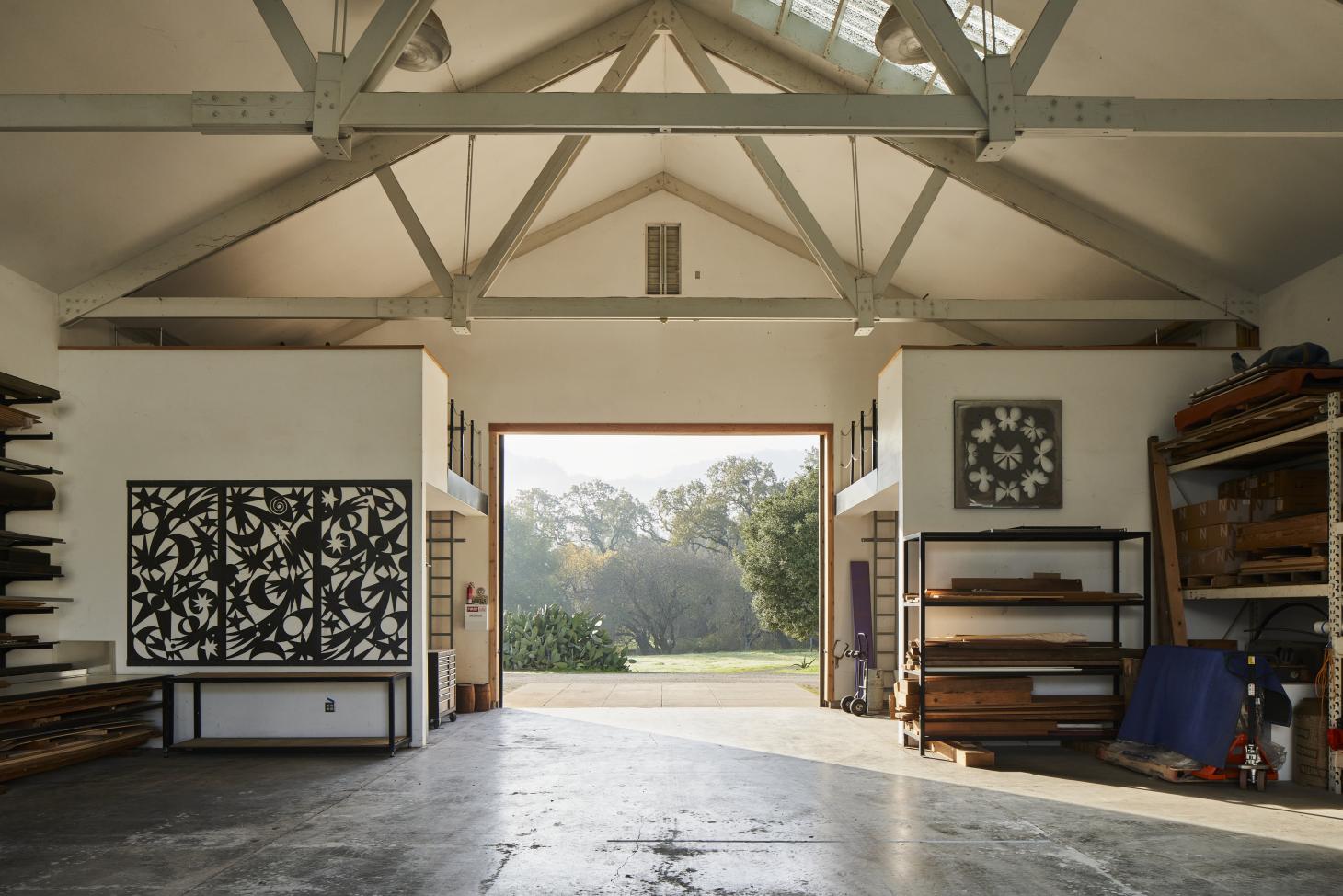
The Eames Institute of Infinite Curiosity is made up of archival exhibitions and live programming that truly brings everything we think we know about the designers to life. It debuts with three new exhibitions that each expands on a theme. ‘Before They Were Eames’ charts the parallel lives of Charles and Ray before they joined forces; ‘Plywood During the War’ delves into how the newlywed couple adapted their user-centred approach to help in the Second World War effort; while ‘Form Follows Formulation’ showcases the origins of the couple’s ‘Shell’ chair.
Dedicated to championing learning through iteration, encouraging experimentation and equipping visitors with tools to tackle problems at a multitude of scales, the institute leans heavily on the Eameses’ unending curiosity and love of discovery. Its access to the couple’s personal archives brings new insight into their creative process. Featuring a vast array of ephemera, including tens of thousands of objects such as handmade prototypes, furniture components and folk art collected from around the globe, the collection was acquired from the Eames family in 2019 and is exhibited to the public for the first time.
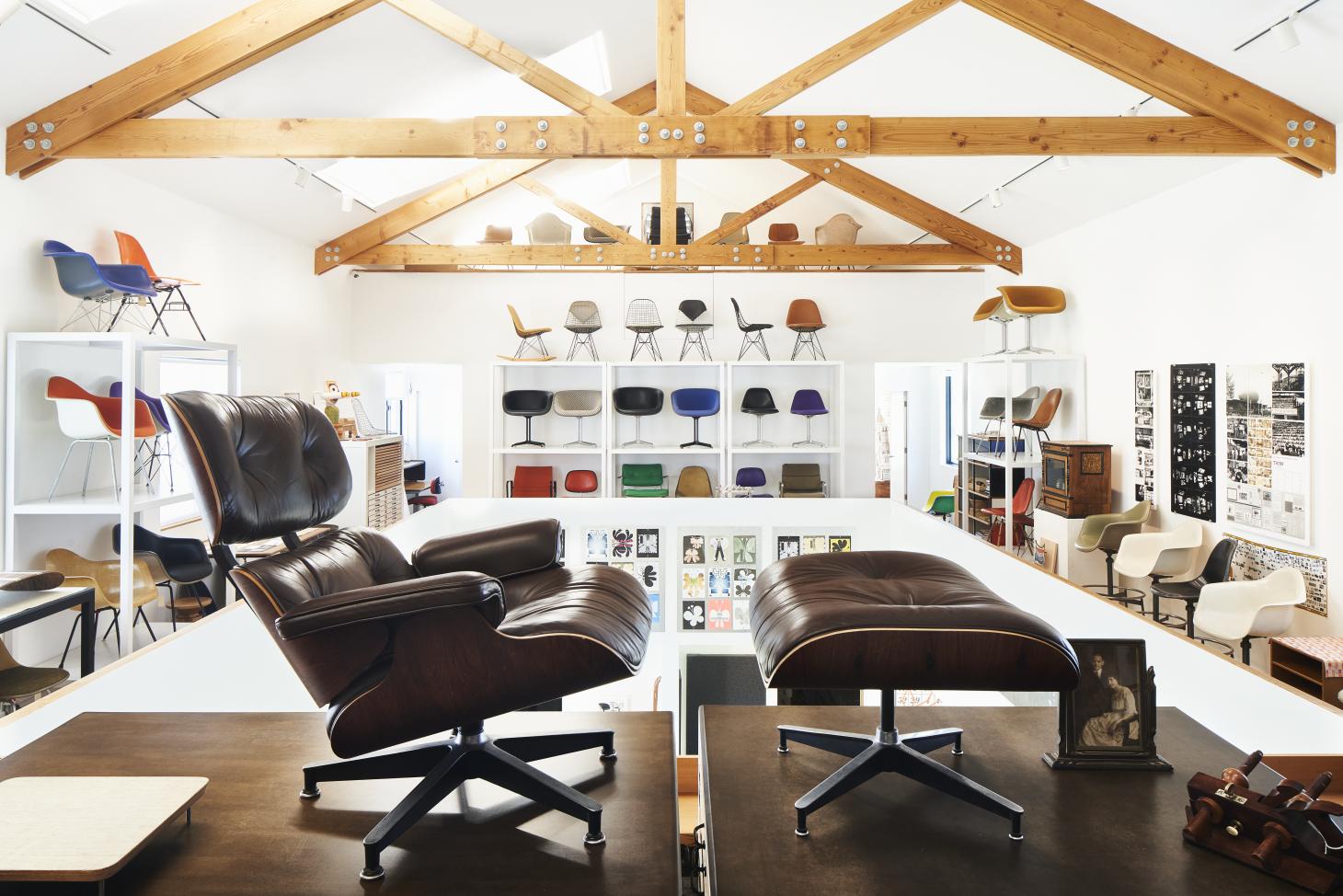
‘The Eames Institute adds a new facet to the network of institutions fascinated with the Eameses’ work, and strengthens everyone’s overarching mission of preserving and sharing Charles and Ray Eames’ legacy,’ says Eames Demetrios, director of the Eames Office and chairman of the board of the Eames Foundation.
Despite being operated independently from these two other entities, the institute finds its own pride of place with the Eames Ranch – a working farm situated amongst the rolling hills of Petaluma, California, where Llisa’s mother, Lucia Eames, built as a residence and artist’s studio. Designed in the mid-1990s by architect William Turnbull, this hidden gem now serves as a living laboratory for the institute.
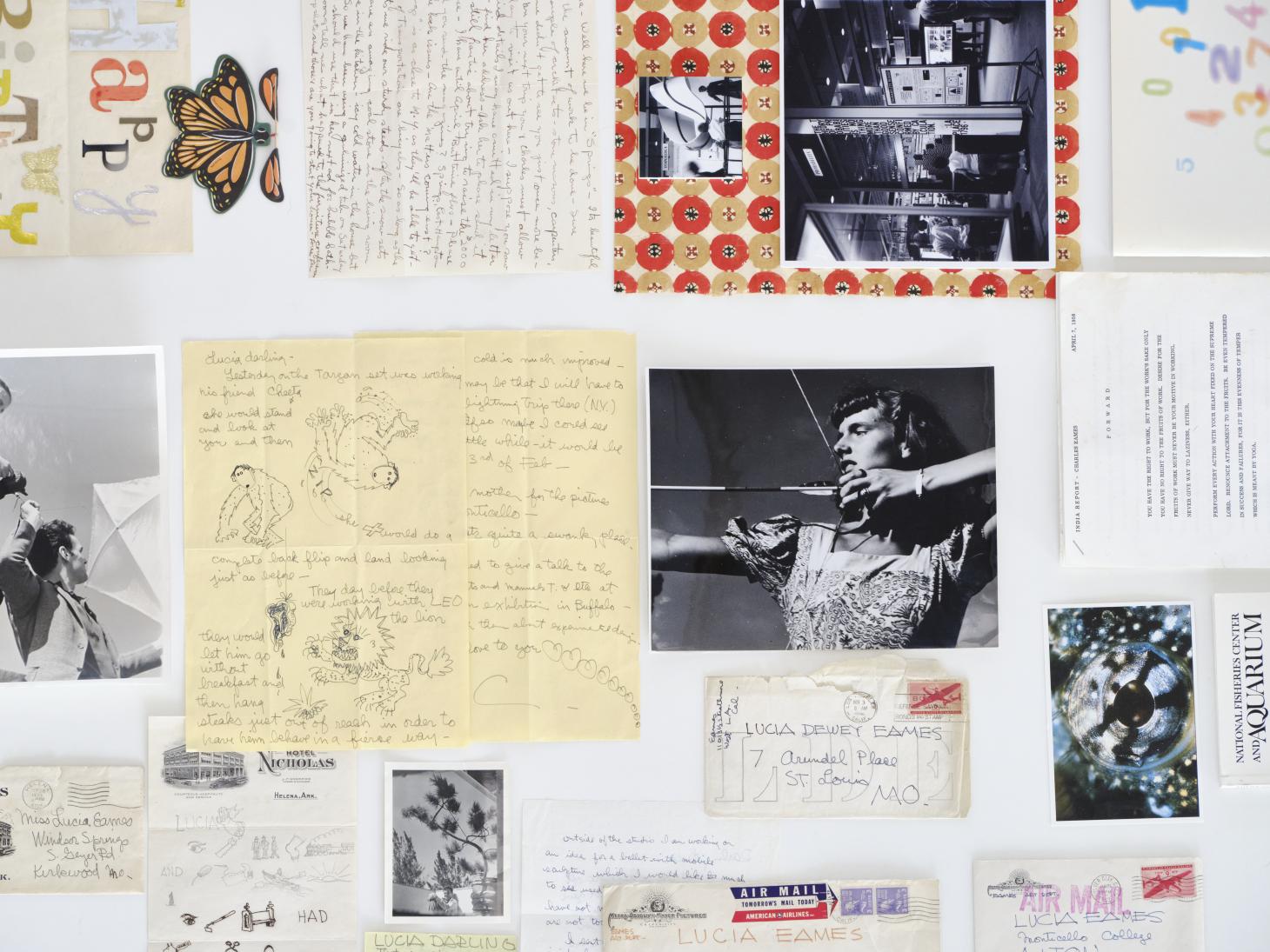
‘I learned so much living here with my mother 20 years ago, and got to see the wonder of people’s faces when they would experience this material firsthand,’ says Llisa. ‘With the institute and our new website, it’s exciting to think about how many more people will get to share that experience, and for the legacy of my grandparents to evolve in surprising and delightful ways.’
Receive our daily digest of inspiration, escapism and design stories from around the world direct to your inbox.
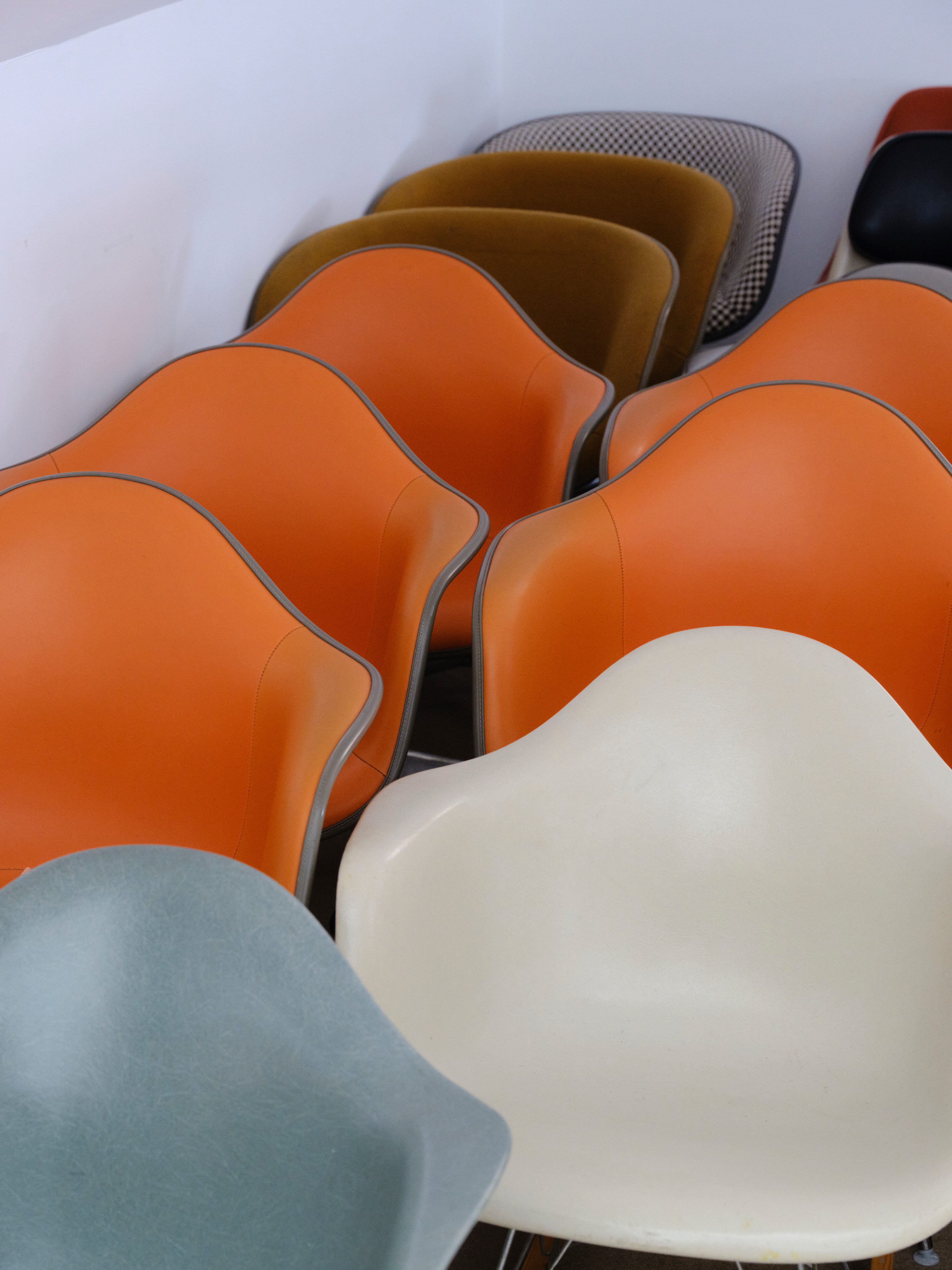
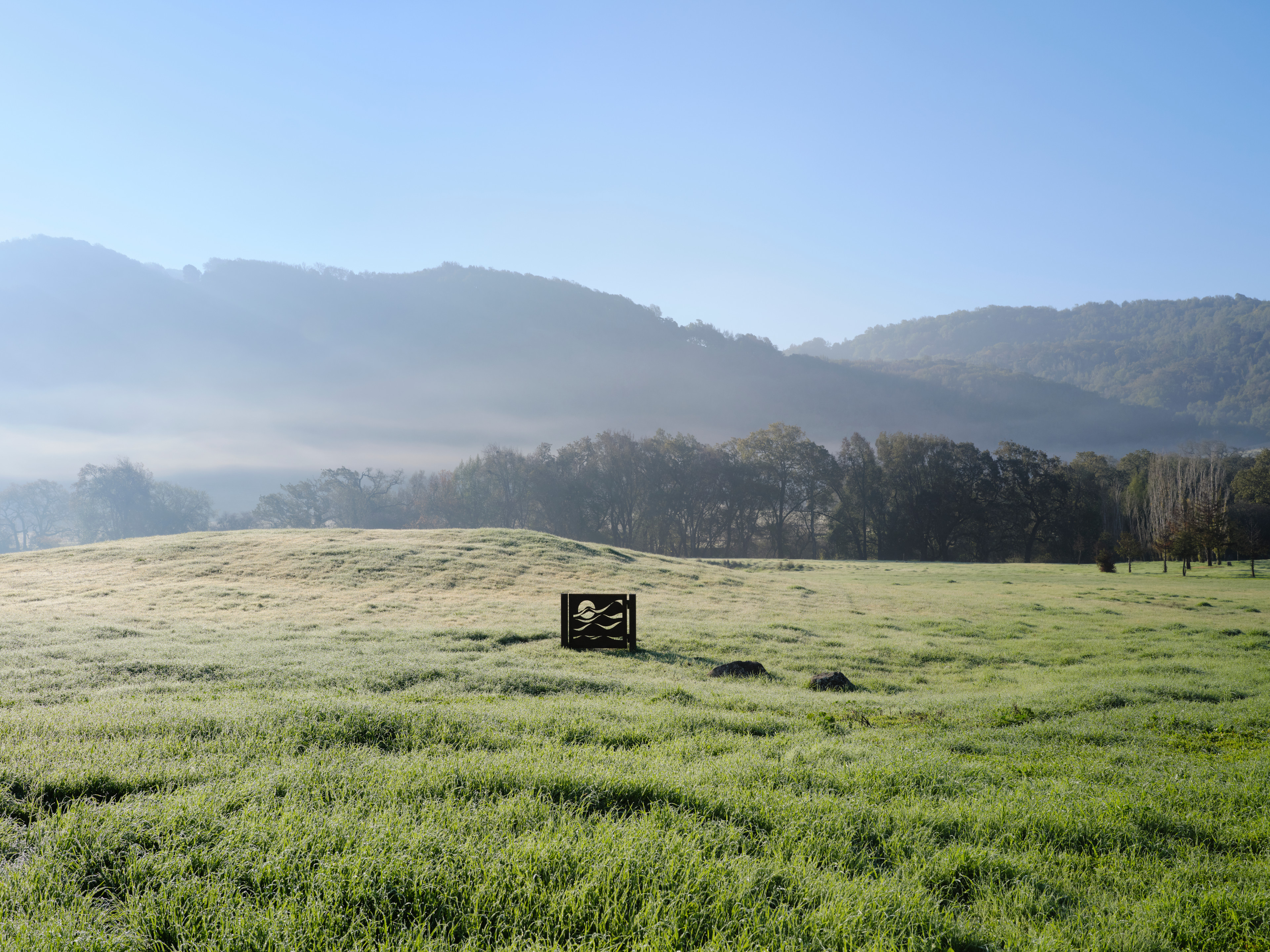



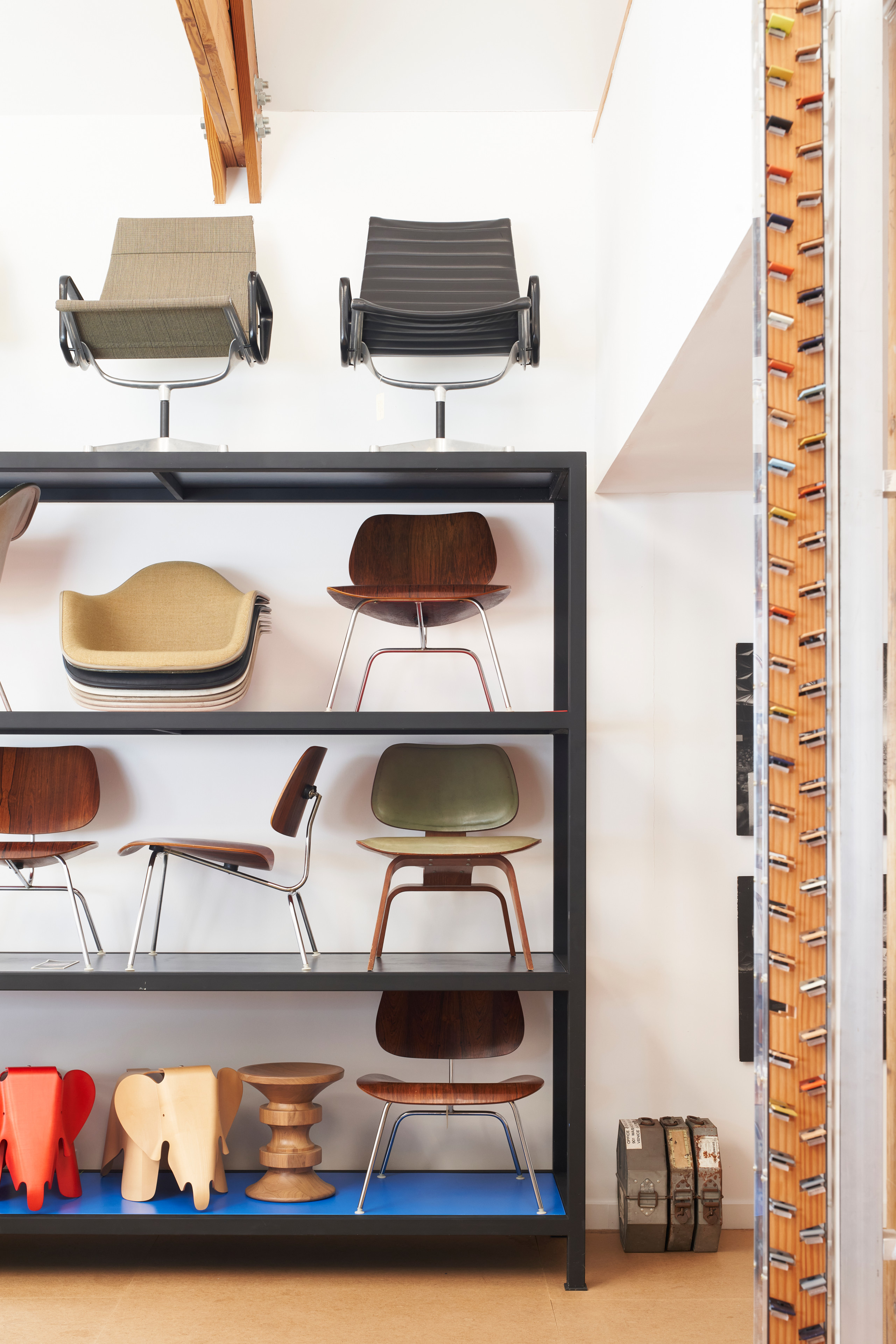


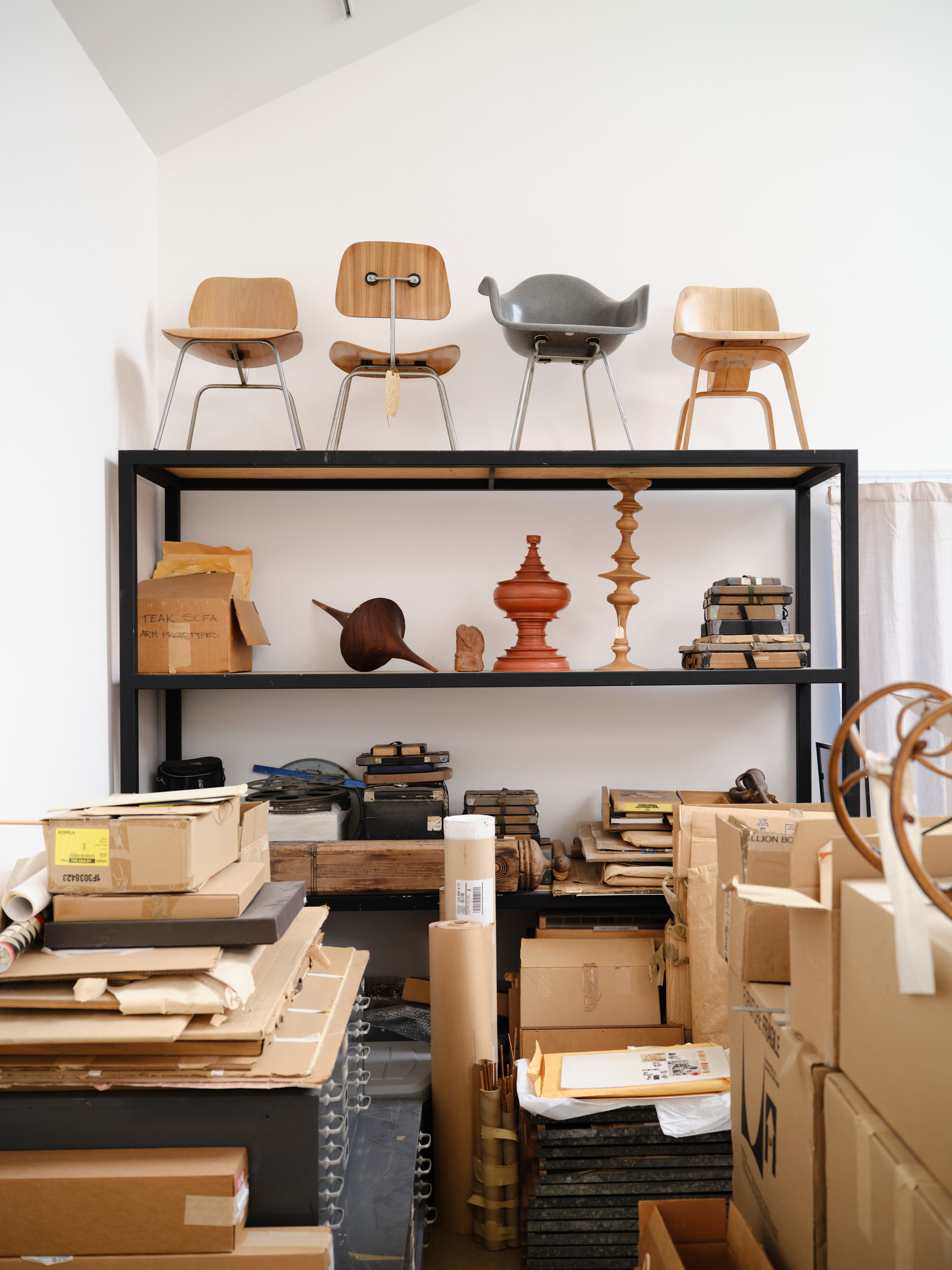
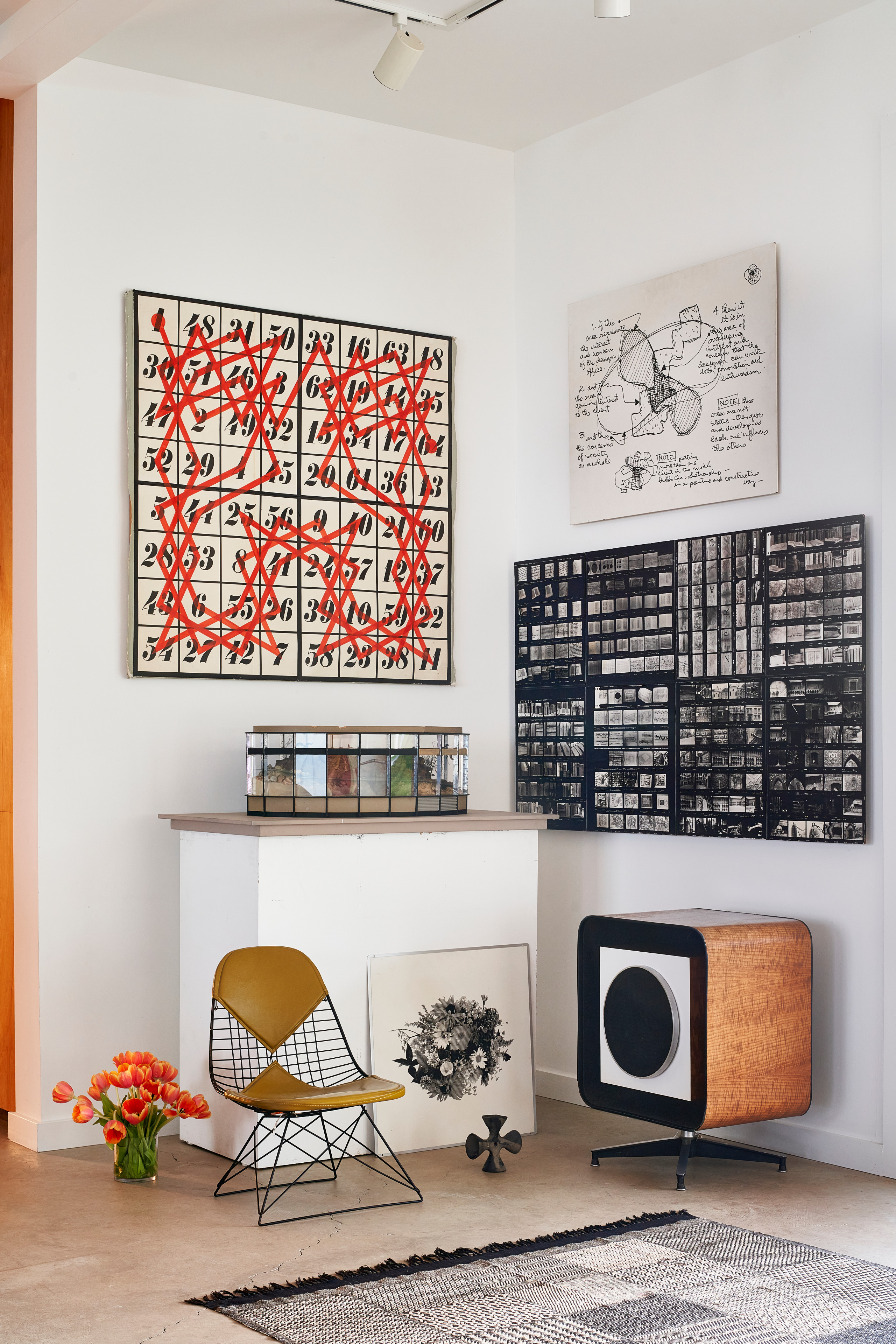
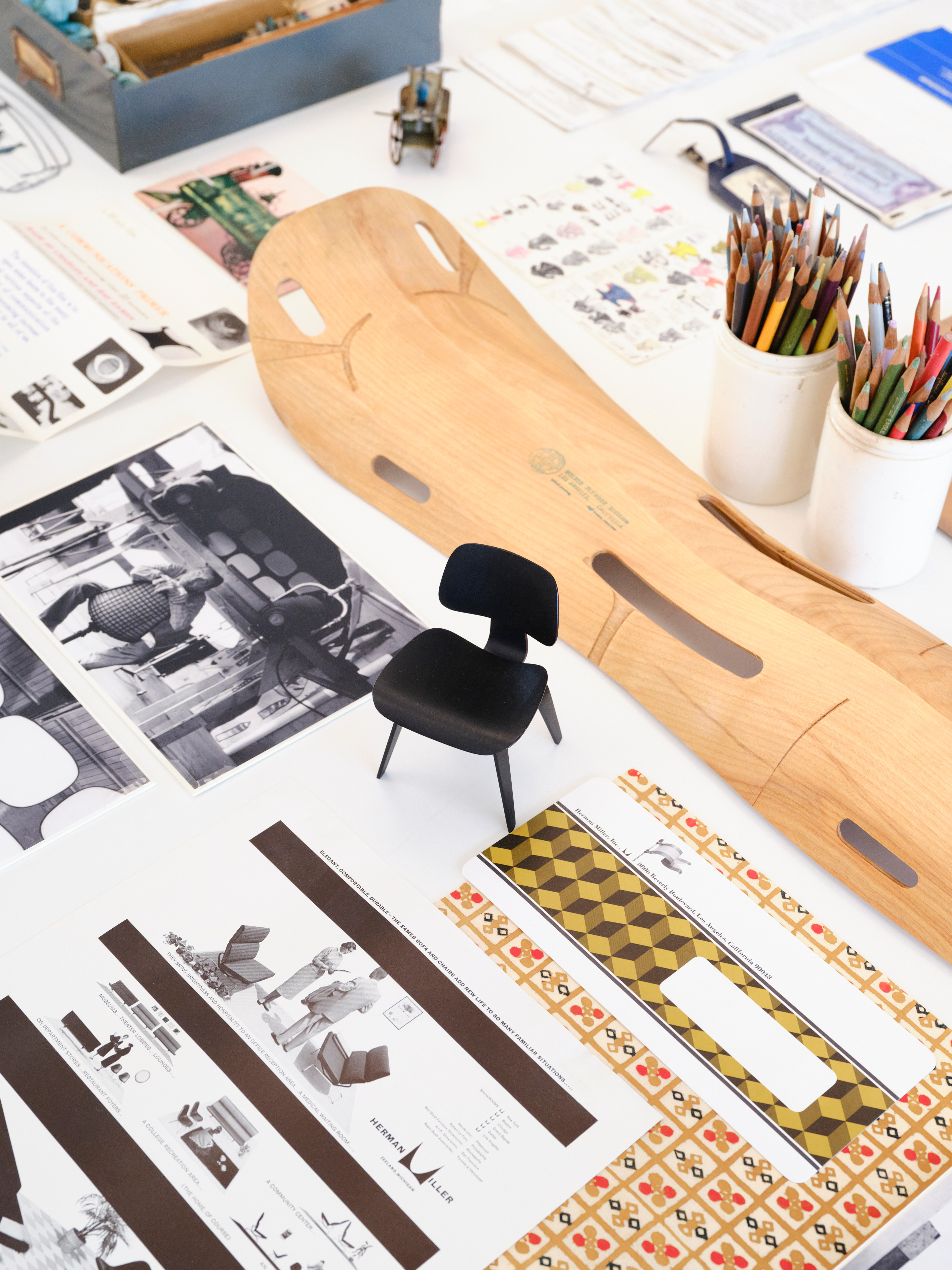
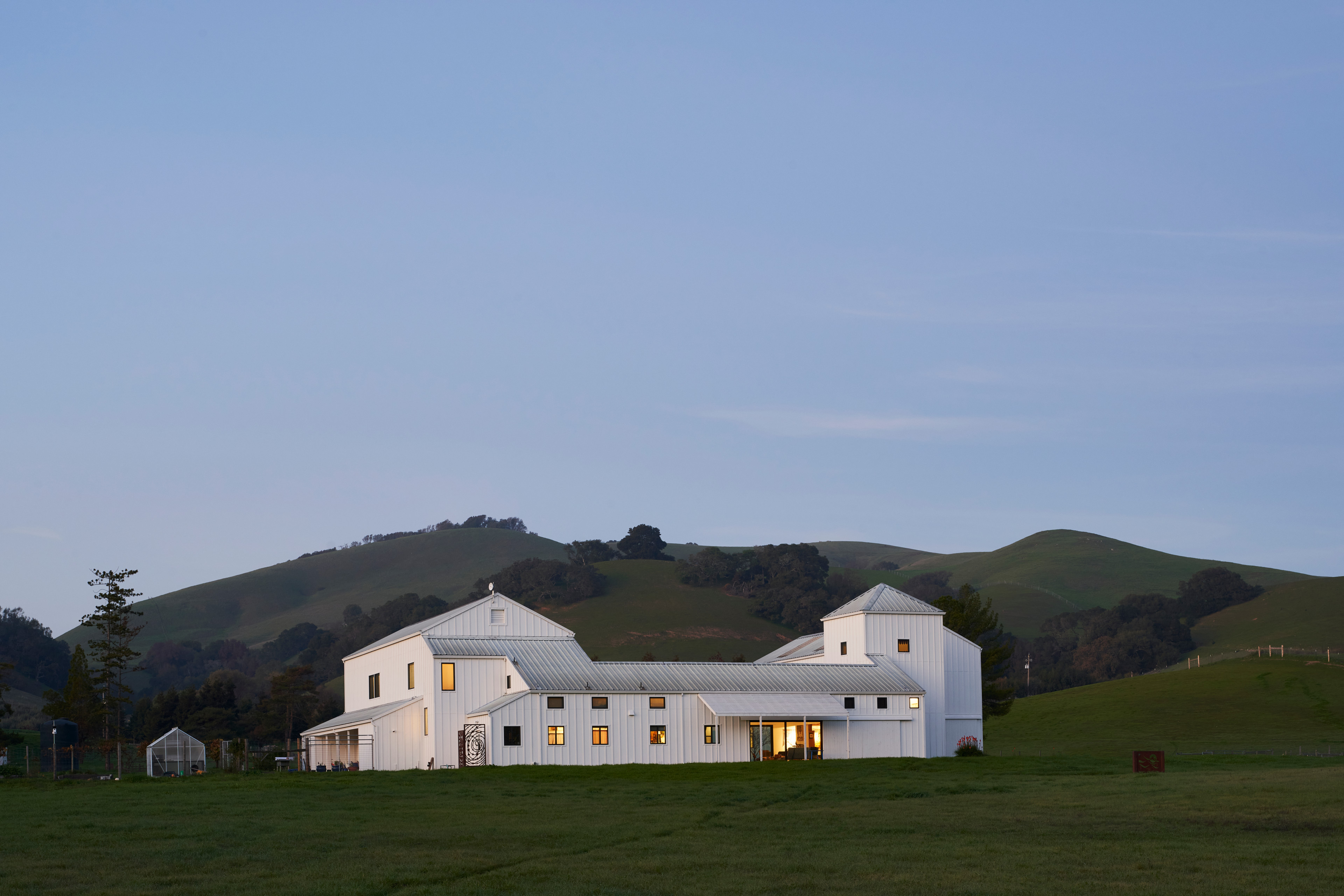

INFORMATION
Pei-Ru Keh is a former US Editor at Wallpaper*. Born and raised in Singapore, she has been a New Yorker since 2013. Pei-Ru held various titles at Wallpaper* between 2007 and 2023. She reports on design, tech, art, architecture, fashion, beauty and lifestyle happenings in the United States, both in print and digitally. Pei-Ru took a key role in championing diversity and representation within Wallpaper's content pillars, actively seeking out stories that reflect a wide range of perspectives. She lives in Brooklyn with her husband and two children, and is currently learning how to drive.
-
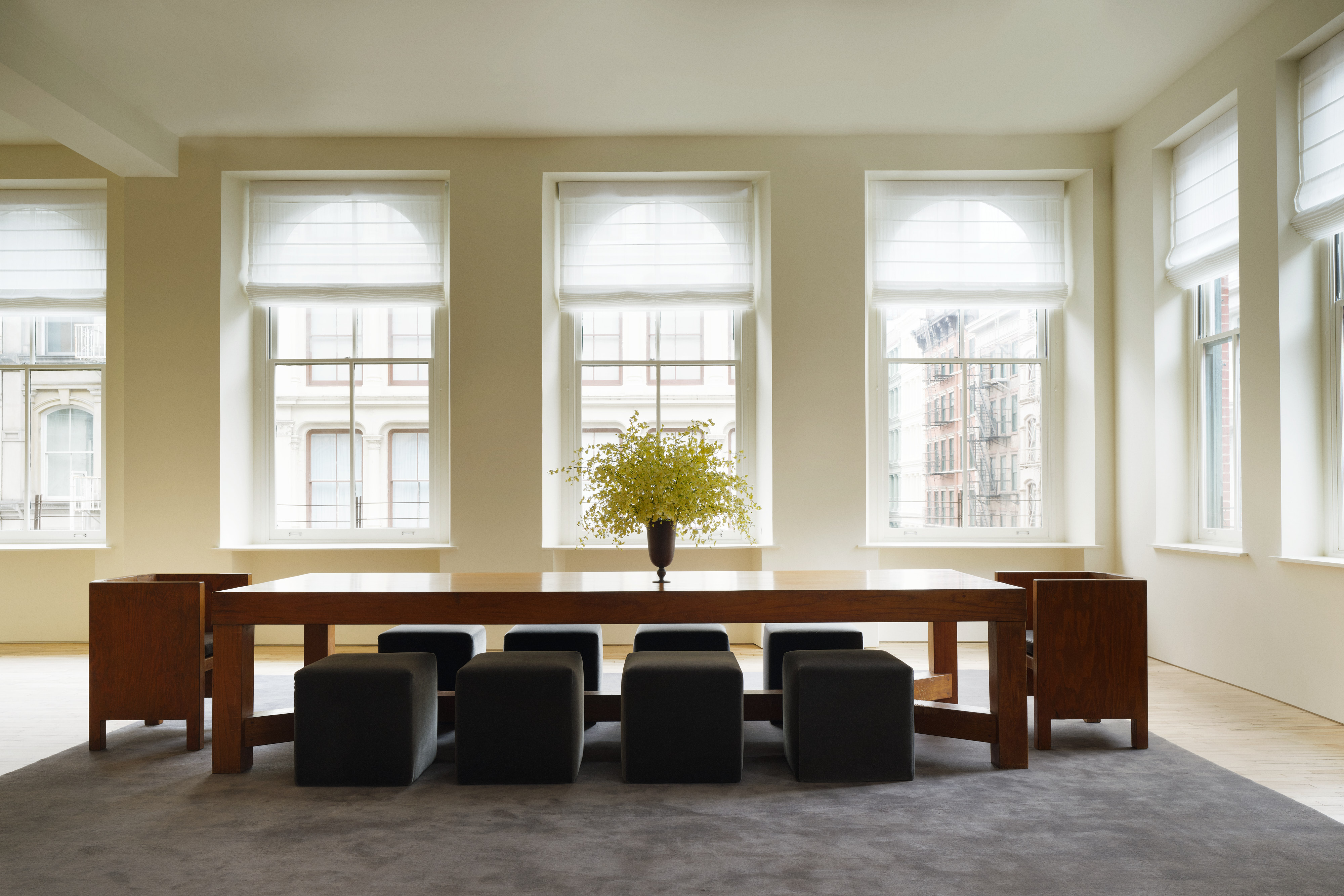 Tour Aflalo’s first retail space, a gallery-like studio in New York
Tour Aflalo’s first retail space, a gallery-like studio in New YorkLight-filled and elegant, Aflalo has opened its first retail space in a classic Soho loft, reimagined by Nordic Knots Studio
-
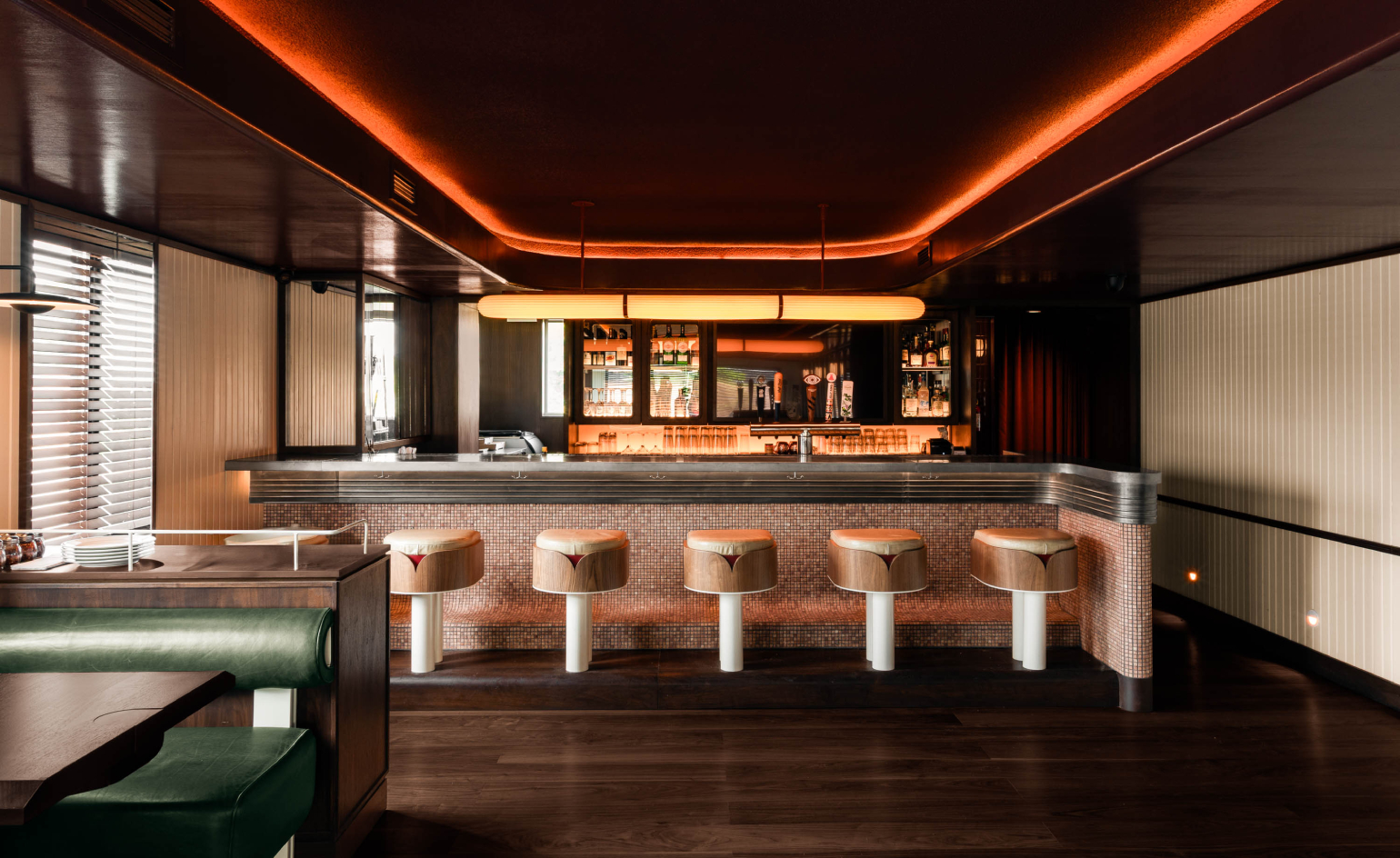 This Toronto pizzeria hides a sultry bar with serious bite
This Toronto pizzeria hides a sultry bar with serious biteNorth of Brooklyn unveils a fresh, two-level outpost where crisp, light-filled minimalism gives way to a warmer, neon-lit upstairs area
-
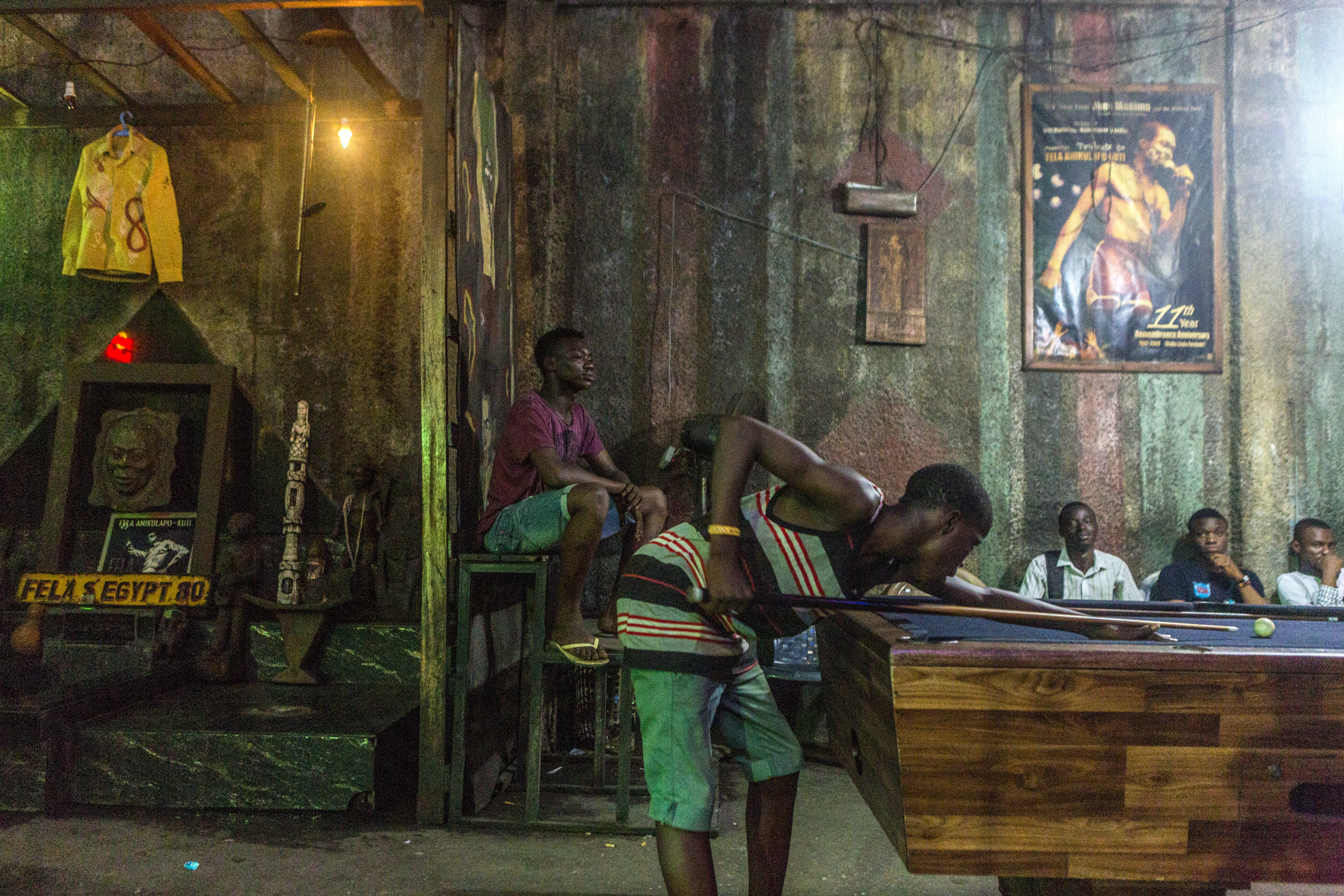 A Lagos exhibition celebrates Fela Kuti's defining sound
A Lagos exhibition celebrates Fela Kuti's defining soundAn exhibition, Afrobeat Rebellion, currently showing at the Ecobank PanAfrican Centre in Lagos, explores the life of Afrobeat father Fela Anikulapo-Kuti
-
 'Toys and games are the preludes to serious ideas': inside the Eames' toy collection
'Toys and games are the preludes to serious ideas': inside the Eames' toy collection'Toys and Play' is a virtual showcase from The Eames Institute of Infinite Curiosity, illustrating the toys that inspired Ray and Charles Eames throughout their careers
-
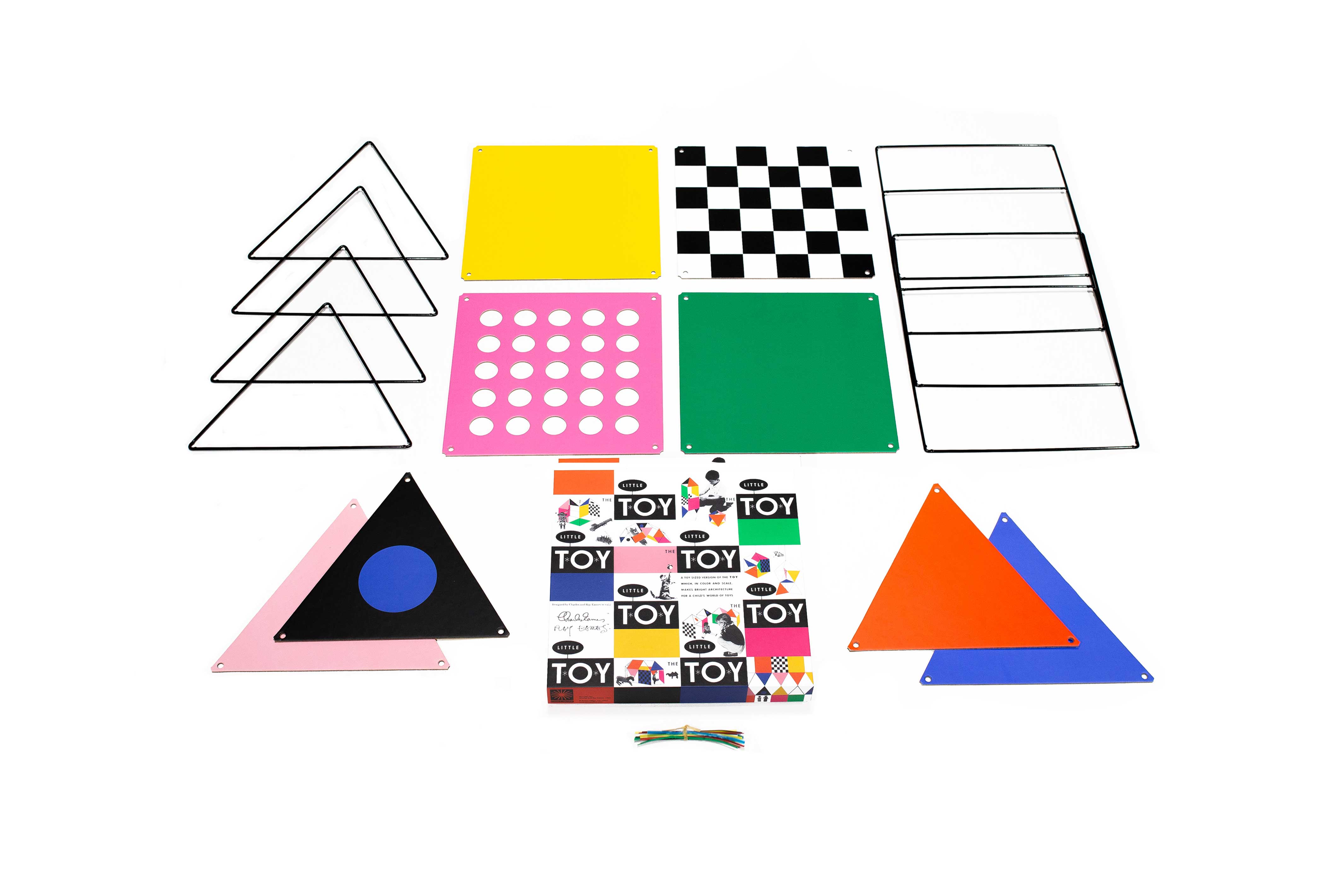 Eames Little Toy offers myriad possibilities to build and play
Eames Little Toy offers myriad possibilities to build and playThe reissue of Eames Little Toy is an open-ended invitation to build, expanding the legacy of Ray and Charles Eames
-
 Expert tips for collecting Eames furniture
Expert tips for collecting Eames furnitureAn Eames of Your Own is The Eames Institute of Infinite Curiosity’s latest guide, offering top tips for aspiring collectors of Eames furniture designs
-
 Dine on an Eames table at Oakland’s Snail Bar
Dine on an Eames table at Oakland’s Snail Bar‘Tables! Tables! Tables!’ is an Eames Institute pop-up (until 12 June 2023) at Oakland’s Snail Bar, celebrating the link between food and design
-
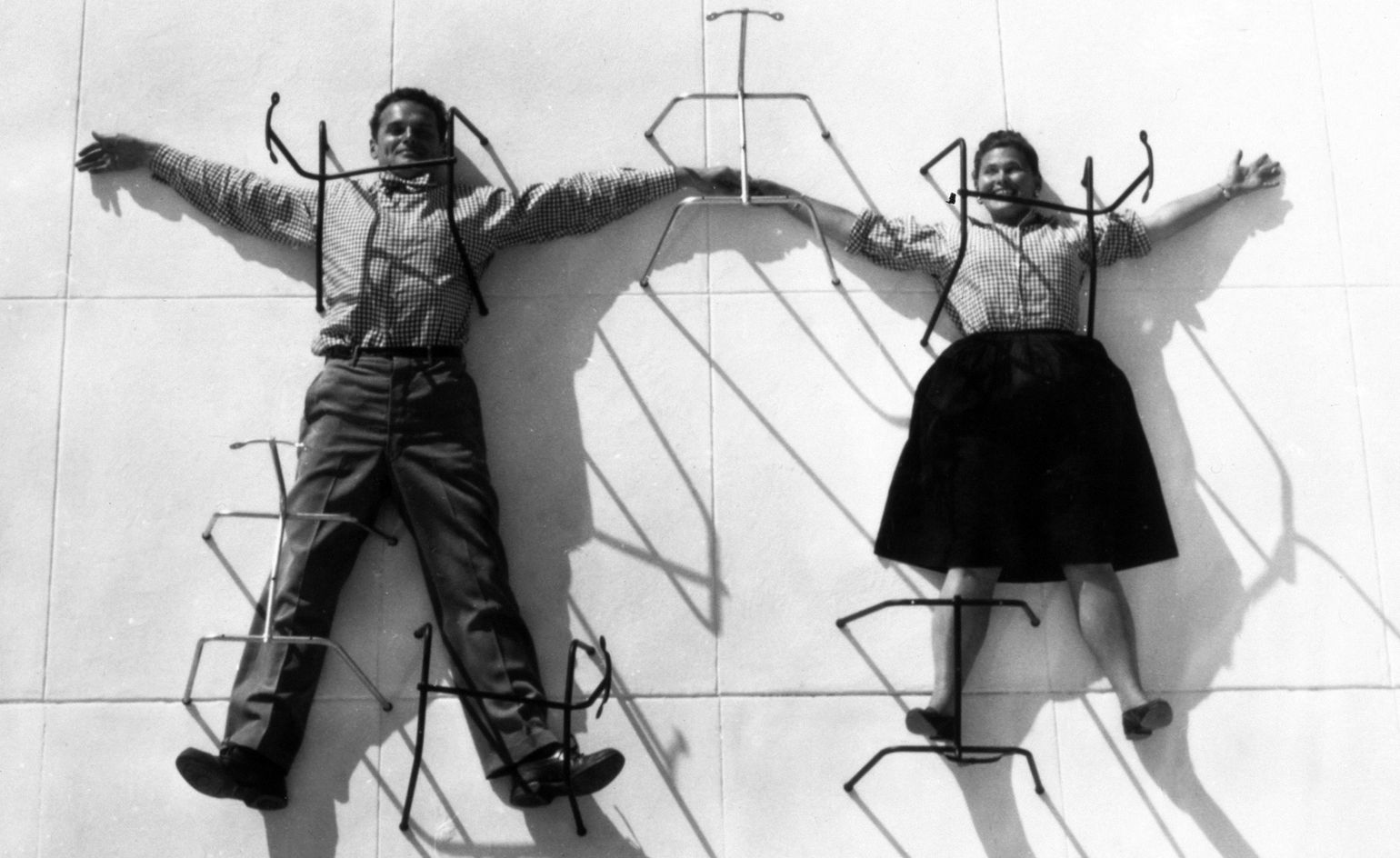 Life and times: the Barbican celebrates the world of Charles and Ray Eames
Life and times: the Barbican celebrates the world of Charles and Ray Eames